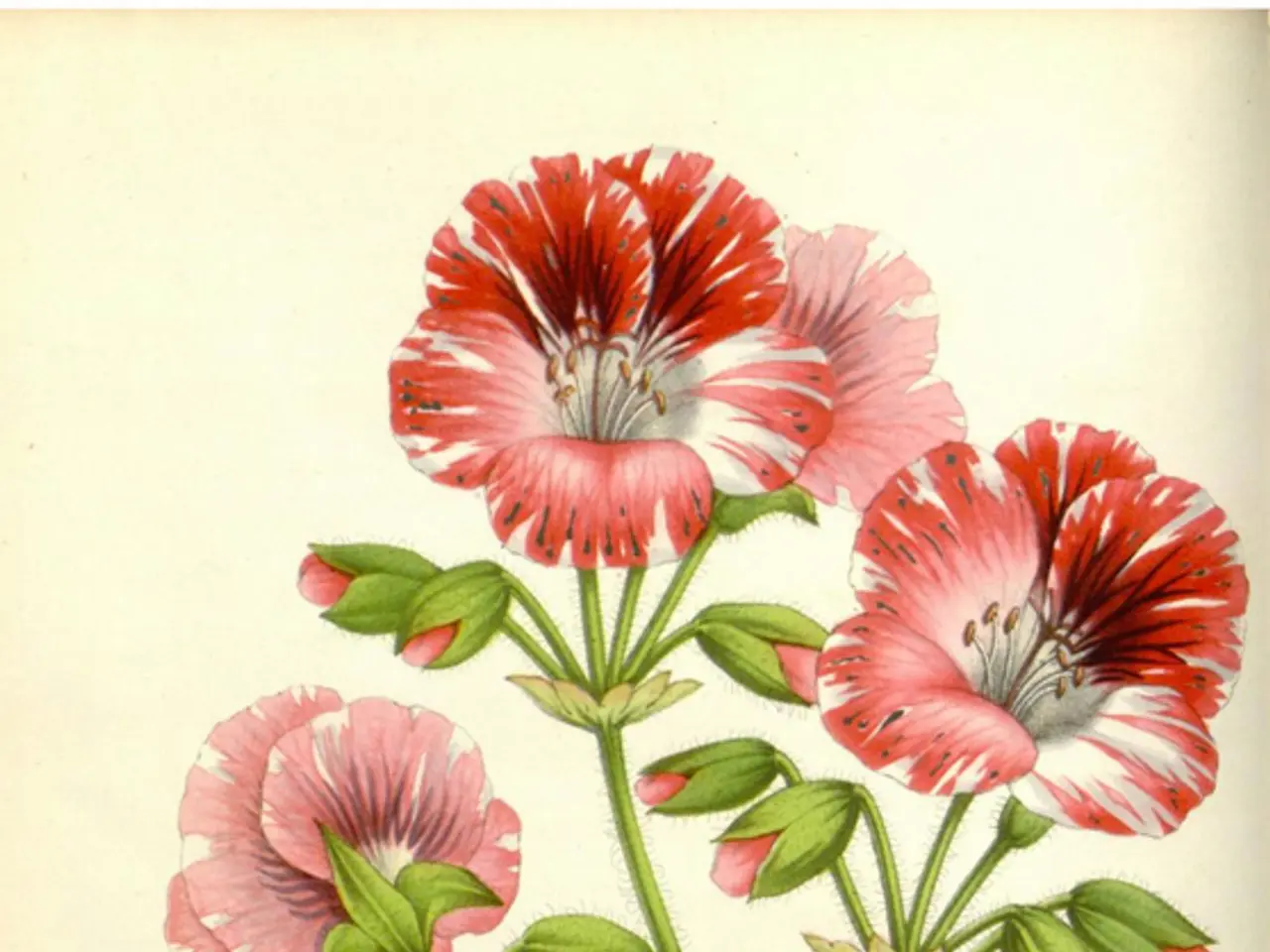Partnering with ordinary homeowners to introduce vibrant designs: Ikea's introduction of patterns into homes
In the world of home goods, Ikea stands out as a global symbol of bold, functional, and democratic design. This reputation is not only due to its iconic flat-pack furniture but also its revolutionary textile design, which began in the 1960s.
At the forefront of this revolution was textile artist Inez Svensson, who was one of the most influential figures of the period. Svensson led a shift towards geometric patterns that felt modern and punchy, challenging the dominance of dainty florals in textiles. Svensson co-founded the design collective 10-Gruppen, which played a significant role in this transformation.
One of the key innovations that propelled Ikea's textile revolution was the adoption of the Natural Colour System (NCS), developed by physicist Tryggve Johansson. This precise and universal way to describe and reproduce colours allowed Ikea to introduce bright, appealing patterns into a market previously dominated by dull grey textiles.
Ikea also invested in collaborations with experimental textile artists such as Bitten Højmark and Inger Nilsson, who helped bring forward new technologies and aesthetics. Nilsson, in particular, promoted the NCS throughout IKEA’s fabric departments, improving how textiles were displayed and coordinated to better engage customers.
In addition, Ikea established its own textile laboratory in the 1960s to test durability and quality, ensuring high standards for its fabrics. The brand explored new materials and weaving techniques in the following decade, further enhancing product innovation.
This focus on experimental design, vibrant colours, and rigorous textile quality contributed to IKEA’s “democratic design” philosophy — where form, function, quality, sustainability, and affordability are balanced. This approach made stylish, high-quality textile products accessible globally, differentiating IKEA in the furniture and home goods market and supporting its worldwide success.
The 'Ikea: Magical Patterns' exhibition at Edinburgh’s Dovecot Gallery showcases 180 textile designs that have helped define Ikea’s visual DNA. The exhibition, which runs until 17 January 2026, features notable patterns from the millennium, such as Anna Sörensson's 'Stockholm' (2006) and Ikea’s 80th anniversary Nytillverkad collection (2023).
Ikea's textiles are almost as iconic as its flat-pack furniture. The company's approach to pattern design is rooted in its philosophy of accessibility, empowering people to be co-creators of their homes. This is evident in the revival of patterns like 'Randig Banan' (1985), which returned in 2013, and the work of 10-Gruppen, which was revived in 2017 at Ikea, underscoring its lasting relevance.
In summary, Ikea’s revolution in textile design came from introducing bright, appealing patterns using new colour technology like the NCS, collaborating with innovative textile artists, establishing rigorous durability and quality testing labs, and integrating these textiles into a broader democratic design philosophy aimed at affordability and sustainability. These efforts helped IKEA connect with customers on a sensory and functional level, cementing its global brand appeal and commercial success from the 1960s onward.
- Ikea's textile revolution in the 1960s, led by figures like Inez Svensson and 10-Gruppen, expanded beyond home goods, influencing the fashion-and-beauty sector with their bold, modern, and punchy geometric patterns.
- Today, education-and-self-development platforms inspire millions, but in the 60s, textile artist Bitten Højmark and others like her did the same for Ikea, introducing new technologies and aesthetics that transformed the company's lifestyle offerings, including its home-and-garden and fashion-and-beauty lines.




